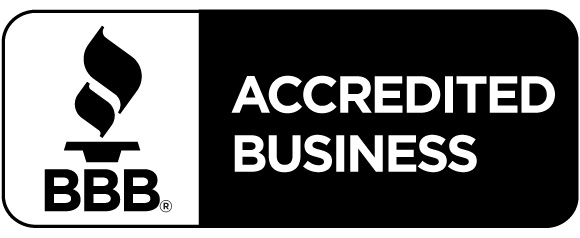
Security is a top concern for everything from locking our car doors to setting up door-bell cameras at home, but it’s especially important in business environments. We don’t want anyone to be able to enter our property uninvited or get their hands on our valuable assets—whether physical or digital.
What some companies forget, however, is that it’s crucial to have internal security measures in place too. No one wants to think that someone on their team would have bad intentions, but as the old adage goes, it’s better to be safe than sorry.
What’s the Best Access Control for Your Company?
Investing in a new access control system doesn’t have to be daunting. A little research can help you narrow down your options. And when you look closer, you start to see that the right access control systems can help limit your liability and keep everyone accountable.
1. Mandatory Access Control
If you want to create custom options for who can access what and when, a mandatory access control (MAC) system will probably be your best option. These systems are ideal for sites that require high security or confidentiality, such as government agencies. With this type of setup, the administrator can assign clearance or authority levels to every individual on a case-by-case basis. Because MAC tends to be the strictest form of access control, though, it can also be the most expensive.
Organizations that have already been working with MAC for a while sometimes benefit from having an access control system review. A good telecommunications company (or whoever installed your access control system) should be able to walk you through the process, or even help you make changes down the road if some of your functions or settings are outdated.
2. Role-Based Access Control
This type of access control is almost self-explanatory. It assigns system access based on user roles and job functions. Since different group levels within your team already have different assignments and tasks, it’s often pretty straightforward to identify how to set up these access abilities. Of course, the downside is that you aren’t typically able to include specific access add-ons for any individuals. They either have the same permissions as everyone else in their “role,” or they need to get reassigned to another group in the system.
3. Discretionary Access Control
Most people are already familiar with discretionary access control (DAC), though they may not know it! Similar to the login information you enter to use your computer, this setup gives everyone control of their own data.
One function of a DAC system allows for different, distinct “owners” of files. That way, when individual team members share resources, they can assign settings for how others will be able to interact with the file. Some might be able to “read only,” while others can make edits. Discretionary access control typically creates more flexibility for organizations, but some argue that it also comes with more security risks.
4. Rule-Based Access Control
Your last access control option is somewhat unique because it lets administrators place different parameters on when users can open files or log on to different platforms. These settings are usually organized by time. You may want to only allow access during work hours, for example, or completely restrict access on the weekends. Then you can be sure to limit overtime hours. Plus, it gives you another line of defense to help protect your data when it’s not in use.
Let’s Find the Right Solution—Together
Hopefully this article clarified your access control options a little more, but if not, we’d be happy to schedule a consultation with you. When we can learn a little more about your concerns, we’ll be able to start discussing the solutions that would work best for your team.
Even within these different setup types, there are plenty of factors to consider for access control. From data security with your technology, to access control for the doors in your building, our team at Enhanced Telecommunications and Data is here to help! Just send us a message to get started, and we’ll be in touch.



